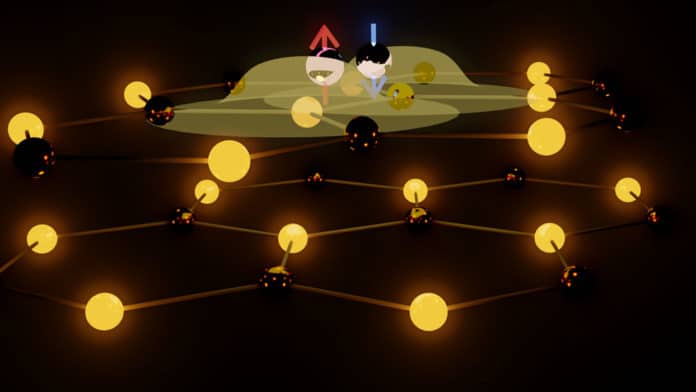On its own, a sheet of graphene is a semimetal—its electrons interact only weakly with each other. But as experimentalists discovered in 2018, the situation changes when two sheets of graphene are stacked together, with a slight ( ∼ 1°) rotation between them.
Scientists showed that how two sheets laid on top of each other and twisted at just the right angle can become superconducting so that the material loses its electrical resistivity.
In a new study, scientists explained why this superconductivity happens at a surprisingly high temperature.
The study conducted by scientists at Aalto University in collaboration with the University of Jyväskylä, Scientists, studied the types of unusual superconductivity most likely found in graphene for several years.
Aleksi Julku from Aalto University said, “The geometric effect of the wave functions on superconductivity was discovered and studied in my group in several model systems. In this project, it was exciting to see how these studies link to original materials.”
Teemu Peltonen from the University of Jyväskylä said, “Besides showing the relevance of the geometric effect of the wave functions, our theory also predicts several observations that the experimentalists can check.”
The results were published in Physical Review B. The findings were highlighted in the Physics viewpoint by the American Physical Society and looked set to spark lively discussion in the physics community.
Reference:
- Superfluid weight and Berezinskii-Kosterlitz-Thouless transition temperature of twisted bilayer graphene.
- Geometry Rescues Superconductivity in Twisted Graphene.
